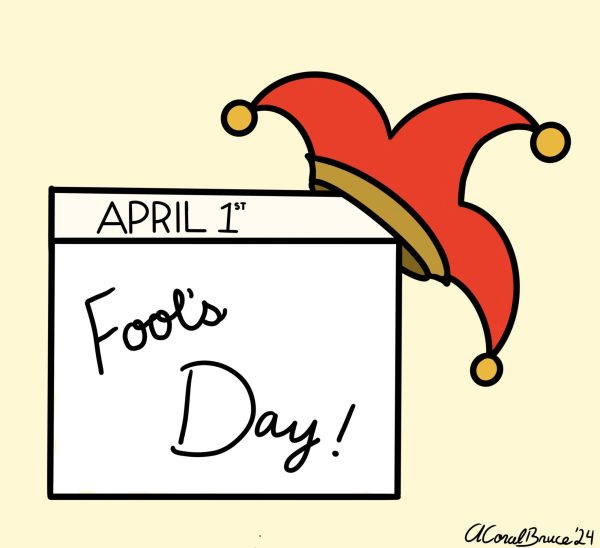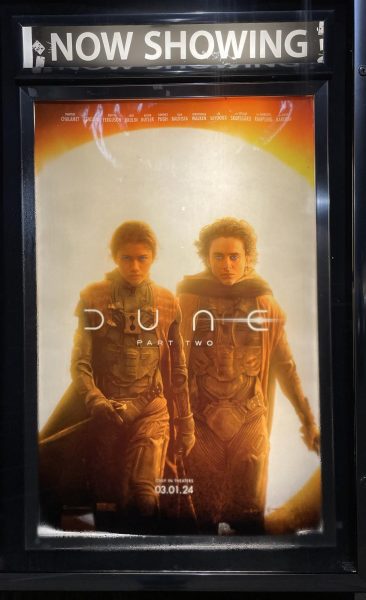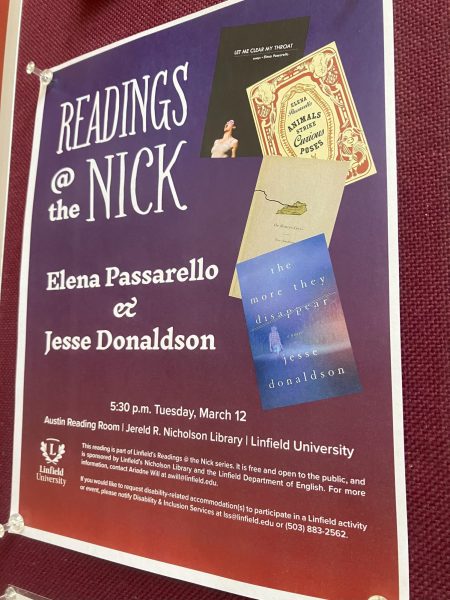Doyle’s Sherlock Holmes novel is full of mystery, love, suspense
October 12, 2015
The Sign of the Four by Sir Arthur Conan Doyle is a mystery that has all the trademarks of a rollicking adventure novel — a treasure map, a hero’s quest, and of course a dash of romance.
Years after the mysterious disappearance of her father, Ms. Mary Morstan receives a string of pearls and a letter claiming that she is a “wronged woman.”
She consults detective Sherlock Holmes and Dr. Watson, and the three embark on a journey that leads them to the home of Thaddeus Sholto, a mild-mannered man with an extraordinary tale of friendship and betrayal.
When tragedy strikes, Holmes and company set off in search of an Indian treasure that has been pilfered by a vengeful one-legged man and his cannibal sidekick. Fast-paced and intricately plotted, with plenty of cliffhangers, The Sign of the Four has more plot twists than The Adventures of Sherlock Holmes, and is decidedly more relatable than A Study in Scarlet.
The book is unique because it humanizes the complicated literary characters that we may think of as “heroes” and “villains.”
It highlights Sherlock’s cocaine addiction, and references the military corruption and racial discrimination existed during the Indian Rebellion of 1857.
The issue of unjust “racial profiling” in detective cases and police work is also touched upon.
What I found most interesting about The Sign of the Four is that although Holmes solves the case, he insists upon talking to the convicted man and asking questions of motivation — the one aspect that seems to elude him.
However, Watson is quite content with the explanation that the killer’s “savage instincts” must have taken over. This difference in the two men is remarkable, and can further be seen in their daily interactions with characters.
While Holmes goes out of his way to make friends with the street urchins, gamblers, and other lowlives of the city who aid in his detective work, Watson is much quicker to judge by appearances.
He holds preconceived notions of what it means to be “a criminal,” “a woman,” or “a foreigner,” and then projects those ideas onto others.
It is unsurprising that he falls in love with Ms. Mary Morstan, practically at first sight, thinking of her as the demure, graceful picture of femininity.
Watson’s biased narration adds to an already layered plot, and, by framing the narrative in this way, Sir Arthur Conan Doyle prompts us to think about how judging others can be a reflection of our own character.
Senior Joanna Buchholz is a member of Sigma Tau Delta, Linfield’s English Honors Society. The society contributes book reviews regularly to The Linfield Review.










